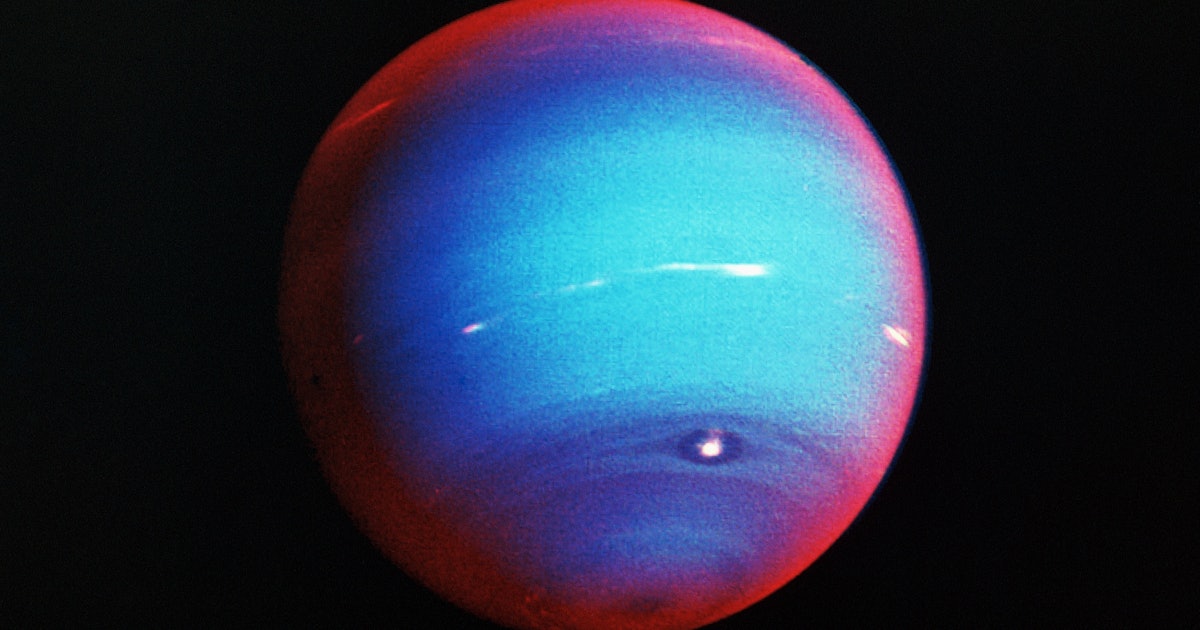
They’re starting with looking at the thermal and electrical patterns on these planets that would be impossible to reproduce in a lab.
On their respective surfaces, Uranus and Neptune might be the two most forgettable planets in the Solar System.
Federico Grasselli and Stefano Baroni, first and last author of the paper published in July in Nature Communications detailing the model, offer another compelling reason: “Neptune and Uranus are also probably composed primarily of water." While neither are suspected of sustaining life, merely having water exist in such odd circumstances could reveal crucial facts about how planets form, especially exoplanets.
On Uranus and Neptune, the water is different — denser, and with an electrical charge.
All three forms of water on Uranus and Neptune form thermal and electrical currents.
Superionic water mainly exists in the dense layers underneath the convective fluid region where planets generate their magnetic fields.
